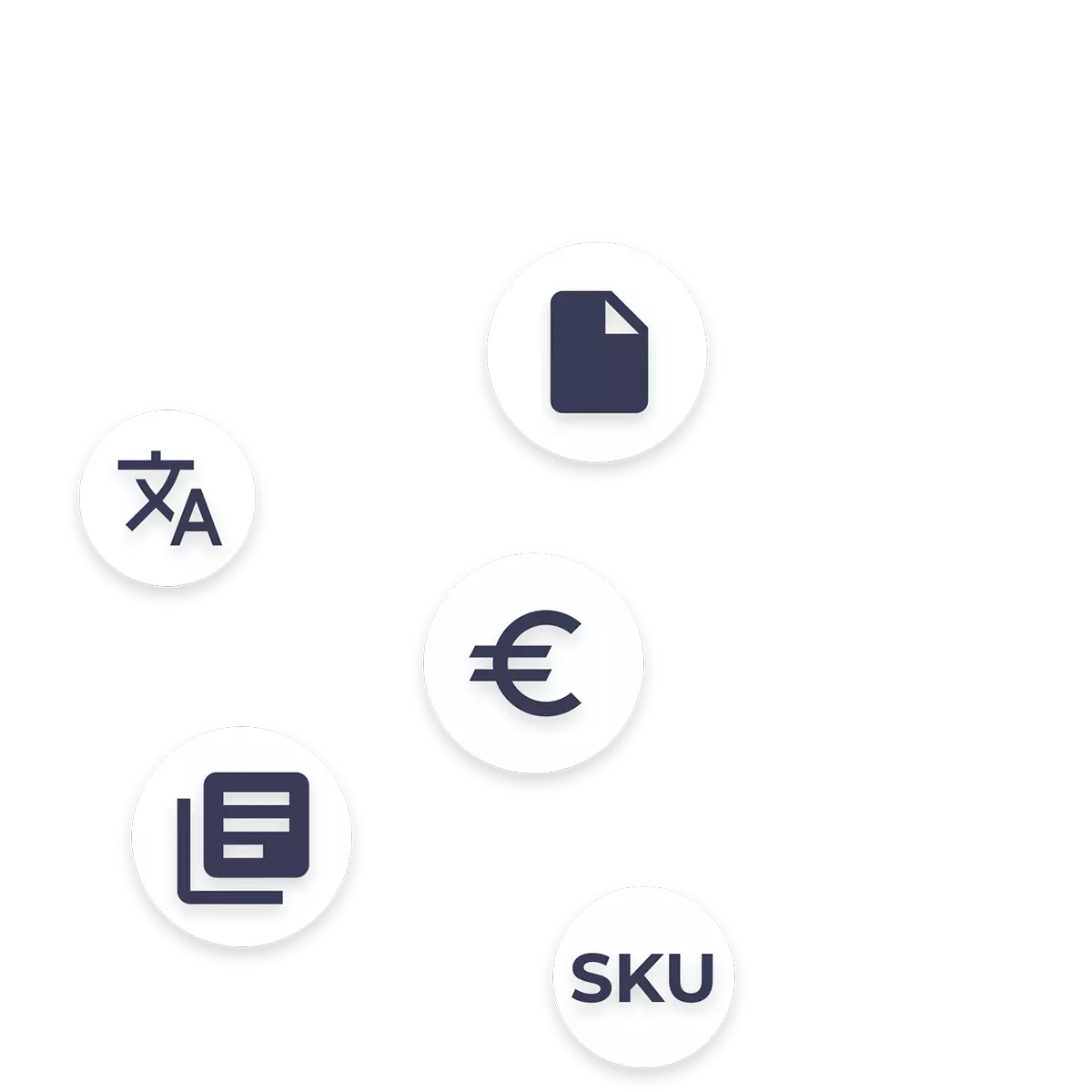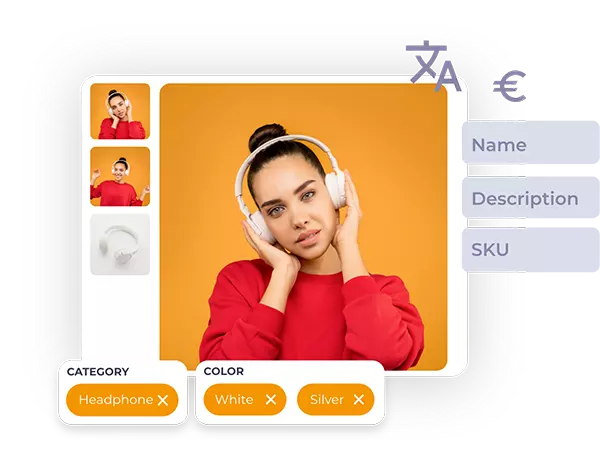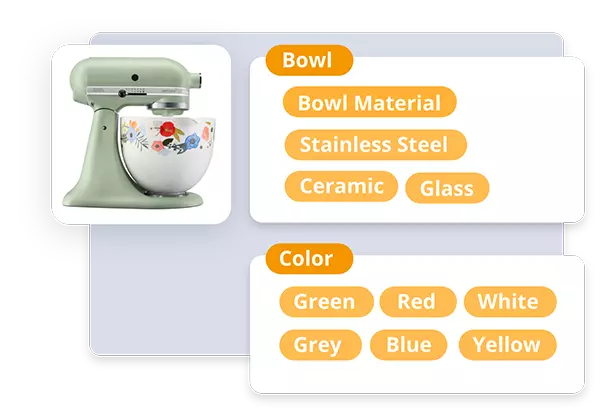
PIM stands for Product Information Management. It is a software which helps to manage, organise and deliver product data on each communication channel.
PIM is a software which centralises all of an organisation’s product information.
There are numerous PIM software on the market.
Some are simply corporate data repositories. Others, however, support the entire lifecycle of product data because they allow any type of data to be centralised, enriched, searched for, shared and distributed on the product sheets of sales channels such as marketplaces and e-commerce.
What do we mean by product data?
In short, product data means any information required to market and sell products through one or more distribution channels.
A PIM software supports management of the information of any product – such as name, description, price – in a univocal manner, without duplicates.


Without paying the licensing, maintenance and integration costs of a DAM software.

By populating the product sheets with multimedia players which combine assets and data.

Some suppliers support their customers in defining the structure of the data model.
Now we know what PIM means and what SaaS Product Information Management software does, we can look at what benefits it can offer.
In particular, we will refer to the advantages of adopting a web PIM or SaaS (Software as a Service) PIM, one of the applications which as well as offering the benefits of cloud platforms, in other words zero maintenance costs and maximum performance, has an impact on the entire organisation.
A PIM is a source of truth for the organisation because it is a centralised system in which all product data converges, so that every company department can count on the same information.
PIM software lightens the workload of teams which find themselves entering, updating and removing vast quantities of information in multiple languages, such as technical specifications, prices, suppliers, countries of origin of the material and sale of goods, sundries.
A PIM allows you to create and manage the data for products which are still to be created in advance, so that touchpoints – physical or digital – already have all information needed to make marketing and sale instantaneous when products are launched.
A Product Information Management platform allows you to have teams work together because it centralises the workflows to add, modify and approve any information.
In parallel, the tool offers constant monitoring, useful for compliance with security policies.
Optimal management of product information has a positive impact from an operational point of view as well, shortening the time required to search for and update information.
The benefits also mean reduced returns and logistical errors, as well as reductions in customer service support requests.
Accurate management of product data stimulates online shopping because users can search for and purchase products better.
Moreover, with a PIM the information on all touchpoints – B2B or B2C – is updated in real time, and perceptions of the brand are always consistent.
For more than 20 years, we have been supporting companies like yours on the topics of Digital Asset Management but also Product Information Management. We look forward to sharing everything we have learnt with you.
The cross-cutting nature of a Product Information Management platform makes it central in organisations, to the point where the ability to integrate PIM software is a crucial aspect.
Particularly for enterprises, making the PIM and DAM software communicate is essential.
By integrating the systems, it is indeed possible to associate all content with the product data it represents, simplifying the company’s activities on the various channels with which it communicates.

In many organisations, PIM and DAM are two distinct tools. Nevertheless, there are solutions with both Product Information Management and Digital Asset Management features.
A platform which includes PIM and DAM, as well as enabling combined management of assets and data, simplifies the technological stack, breaks down the silos between different teams (e.g. marketing and product) and means zero costs for integrating different applications.


These areas were just examples.
Product Information Management is crucial for every company.
Now we know what the term PIM means, and that a tool for managing product information is much more than just a repository, how can you understand whether your company needs one?
Every organisation is unique, but there are some clues which can guide us.
If the catalogue – meaning the collection of products which the company offers the market – is often changed or updated, even multiple times during the year, managing data and information is essential to say the least.
With a PIM, you can count on a single source of truth for all information, add new one, update existing one and remove information on products out of production.
Before choosing a PIM, information is often managed using worksheets.
If the products are very different and/or feature numerous variants, however, even an excellent application such as Excel is not best suited to managing the complexity of the data to classify and categorise.
A PIM is particularly useful if the organisation has many suppliers and each of them transmit structured information in different ways.
Another factor which drives the adoption of the tool is the use of tools such as ERP and WMS which drive a level of information complexity that only a PIM can compress and manage.
A multi-country sales and marketing strategy is another reason to adopt a PIM.
A software solution for managing product content is essential to streamline the translation process and, where necessary, centralise the output from translation agencies.
A web app to manage digital assets lowers the operating time taken to optimise and distribute consistent and up-to-date product data for each channel.
Particularly when it also supports digital asset management.
Want to know more about our unique platform? DAM and PIM in one software, so you can manage all your digital assets and any data or information from your products together and without duplication.